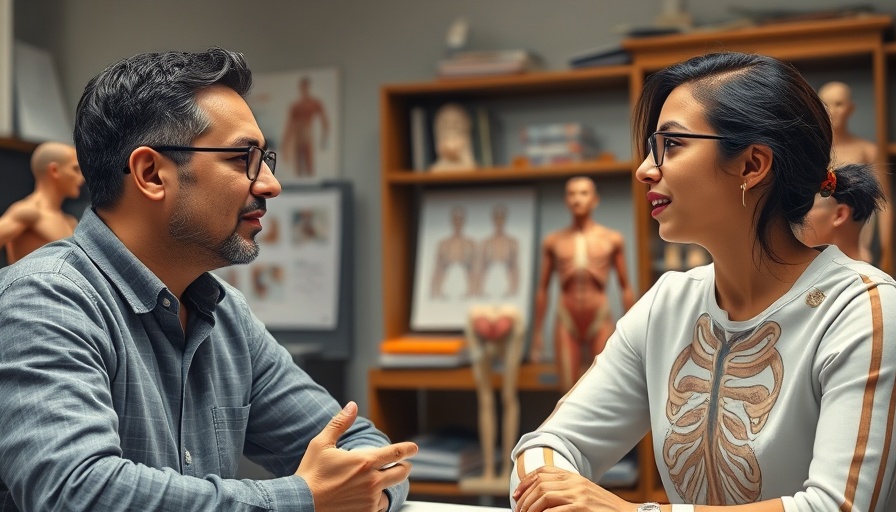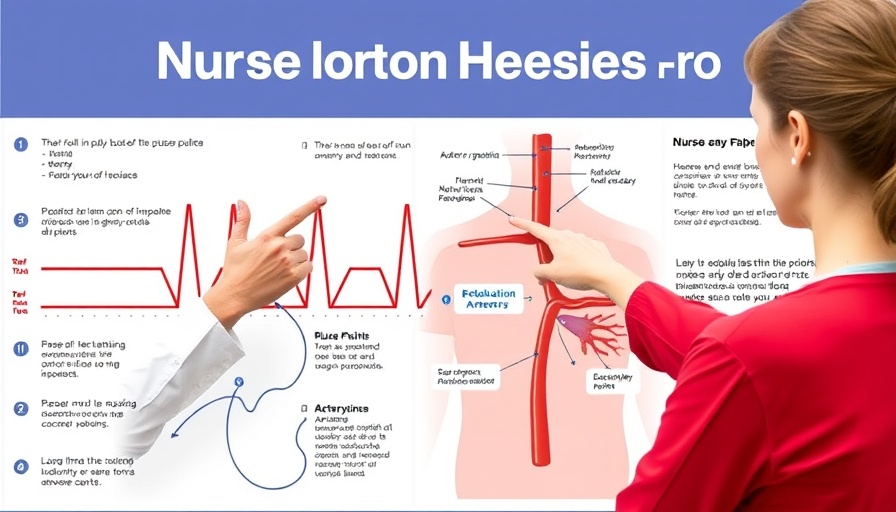
Understanding Anatomy and Physiology: Keys to Success
With the ever-growing complexity of human anatomy and physiology (A&P), many medical students in Uganda and across East Africa face challenges that can feel overwhelming. As they navigate dense materials filled with intricate details about muscles, organs, and systems, the pressure to achieve high marks can lead to anxiety and confusion. In a recent insightful discussion, Dr. Seth Jump, an anatomy professor and podcaster, highlighted effective strategies that can dramatically improve how students engage with this challenging subject matter.
In 'How to Ace A&P Exams – Advice from an Anatomy Professor,' we explore the essential strategies for mastering anatomy and physiology effectively, emphasizing the need for a supportive learning environment.
Breaking Down the Learning Process
Dr. Jump emphasizes the importance of breaking Anatomy and Physiology into manageable chunks. Just as athletes don’t attempt to train every muscle in a day, students should avoid trying to absorb all A&P material in a single spotting session. Instead, they should focus on mastering one concept at a time. For example, when studying the cardiovascular system, a student might start with understanding blood flow through the heart—learning the role of the right atrium before moving on to the right ventricle. This strategy helps create a solid foundation before tackling more complex topics.
Effective Learning Techniques: Mindset and Practice
One critical point Dr. Jump raises is the strategy of active learning. Passive study methods, such as rereading notes and watching videos, often give a false sense of mastery. Instead, students should engage in active retrieval of information. Techniques like quizzing oneself, employing flashcards, or discussing material with peers can deepen understanding and retention. As he aptly puts it, “The smartest people don’t remember everything perfectly; they know how to retrieve information when they need it.”
Time Management: Finding Balance in a Busy Life
Many Ugandan students juggle studies, jobs, and family commitments, making it difficult to dedicate long hours to study. Dr. Jump recommends setting realistic goals—aiming for shorter, focused study sessions rather than lengthy hours of cramming. By organizing materials systematically and filling 'dead time' (like commuting) with learning through podcasts or audio resources, students can maximize their available hours. This approach not only alleviates stress but also reinforces learning through regular practice.
Creating a Supportive Learning Environment
The role of teachers and peers in the learning process cannot be understated. Dr. Jump encourages students to utilize office hours to ask professors for quizzes or practice resources. Establishing study partners can also be incredibly beneficial. Together, students can quiz each other or discuss challenging topics, creating a community of support that fosters learning.
Conclusion: Transform Your Learning Habits
As aspiring healthcare professionals in East Africa, mastering anatomy and physiology is more than just passing exams; it builds a strong foundation for their future careers. Following Dr. Jump’s insights—such as breaking material into smaller chunks, engaging in active recall, and managing study time wisely—can empower students to transform their learning habits into ones that are effective and sustainable.
If you’re eager to enhance your retention and study skills in A&P, consider enrolling in specialized workshops or online courses that address these challenges more in-depth. The journey may be tough, but with the right strategies and mindset shifts, success is within reach!
 Add
Add  Add Row
Add Row 




Write A Comment